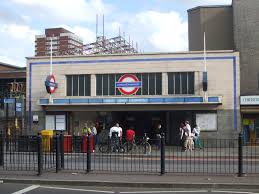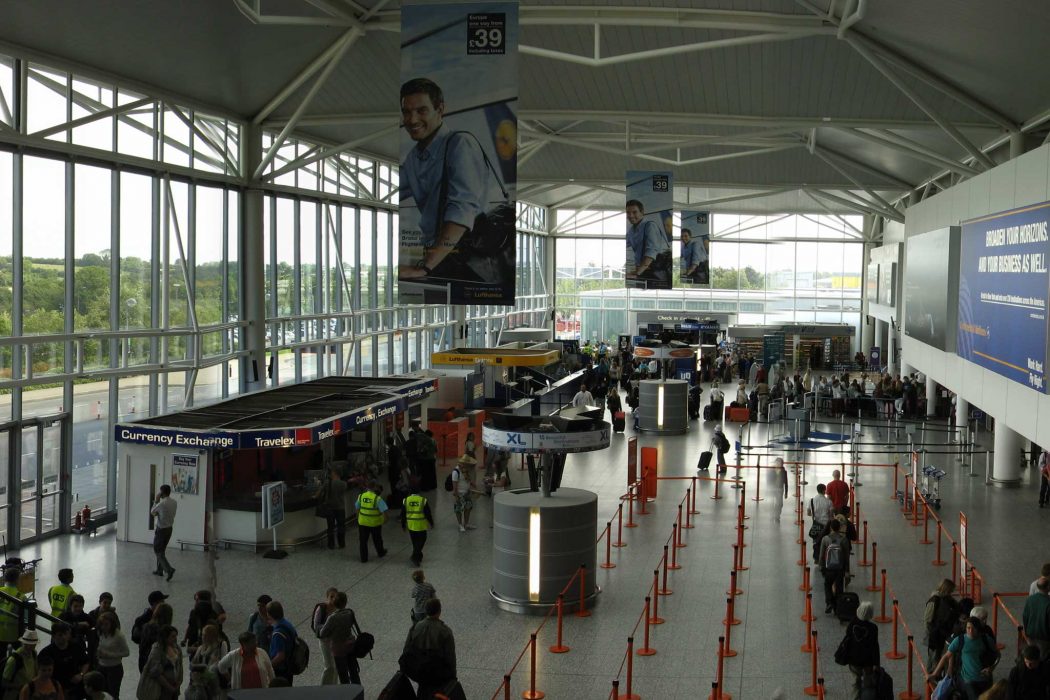
Introduction to Mile End Station
Mile End Station, located in the London Borough of Tower Hamlets, plays a crucial role in the city’s transportation network. As a vital interchange on the London Underground’s Central and District lines, it facilitates the daily commute of thousands of passengers. With the increasing focus on improving public transport and the ongoing developments around the area, Mile End Station faces both challenges and opportunities for enhancement.
Recent Enhancements and Developments
In recent months, Transport for London (TfL) has announced a series of upgrades aimed at improving accessibility and passenger experience at Mile End Station. These upgrades include the installation of new lifts to accommodate individuals with reduced mobility, as well as modern ticketing facilities to speed up the fare payment process. The improvements are part of a broader initiative to make underground stations more accessible and user-friendly, aligning with TfL’s commitment to enhance transport services across the capital.
Additionally, a new transport strategy has been introduced, which focuses on alleviating congestion during peak hours. This strategy involves optimising train schedules and possibly expanding the service frequency to cater to the rising number of commuters using the station. As noted in recent TfL reports, Mile End Station has experienced a significant increase in footfall, necessitating these enhancements to ensure seamless travel for all passengers.
Community Impact and Future Goals
The community surrounding Mile End Station is also undergoing changes with ongoing urban development projects. Initiatives aimed at revitalising the local area, including improved pedestrian access and the creation of green spaces, are expected to complement the upgrades at the station. The station’s proximity to educational institutions like Queen Mary University adds to its importance, as students and staff rely heavily on public transport.
Local councils have expressed support for these initiatives, recognising the need for a sustainable transport vision that encourages the use of public transport while simultaneously addressing issues related to air quality and urban congestion.
Conclusion
In conclusion, Mile End Station remains a key component of London’s transportation network, supporting a growing population and evolving community needs. The recent enhancements and future development plans highlight the importance of investing in public transport infrastructure to create a more accessible and efficient system. As Mile End Station continues to transform, it stands as a testament to London’s commitment to sustainability and innovative urban living.
You may also like

Bristol Airport: The Future of Travel and Innovations

Exploring the Elizabeth Line: A New Era for London’s Transport
